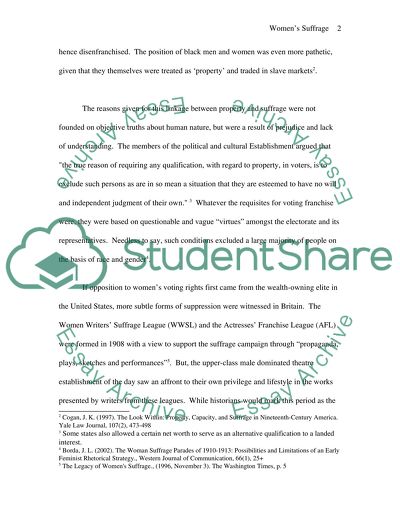Cite this document
(“Women's Suffrage Article Example | Topics and Well Written Essays - 2500 words”, n.d.)
Retrieved from https://studentshare.org/sociology/1500568-womens-suffrage-article
Retrieved from https://studentshare.org/sociology/1500568-womens-suffrage-article
(Women'S Suffrage Article Example | Topics and Well Written Essays - 2500 Words)
https://studentshare.org/sociology/1500568-womens-suffrage-article.
https://studentshare.org/sociology/1500568-womens-suffrage-article.
“Women'S Suffrage Article Example | Topics and Well Written Essays - 2500 Words”, n.d. https://studentshare.org/sociology/1500568-womens-suffrage-article.


